After the new Model Y Juniper (an SUV), we wanted to try the revised and corrected Model 3, not officially called Highland. In all honesty, this electric car ticks a lot of boxes for a starting price of 40,320 euros at the time of writing. But is it still a good deal in 2025?
Test Conditions
The test lasted 3 days and covered approximately 500 km. It was a Tesla Model 3 Propulsion in its Ultra Red color, which cost 2,000 euros. The cost of the car then reached 42,320 euros.
The test was eventful, to say the least. Lots of highway, a good part of it at night, a near miss at 130 km/h, a headache with the autopilot and impressive efficiency, and a verdict that must separate pragmatism from passion. Note that the loaner vehicle was limited to 140 km/h on the speedometer, or 133 km/h on GPS, without this limiting the recovery from 80 to 130 km/h.
Main characteristics
- Model 3 Propulsion
- A single permanent magnet asynchronous motor with variable reluctance at the rear wheels developing around 250 hp (Tesla does not reveal these figures)
- Average consumption: 16 kWh/100 km including 70% highway at 10°C to 20°C
- Average consumption on highway at 130 km/h
- Time charging time for 20% – 80%: 28 minutes
- Heat pump as standard
- Level 2 autonomous driving
- Heated, ventilated and electric front seats
- Heated rear seats
- 15-inch screen and AMD Rizen 7 processor
- 8-inch rear screen with dual Bluetooth connection possible
- Non-blackout panoramic roof
- Athermal-insulating laminated glass
- Weight: 1765 kg
- Dimensions: length 4720 mm, width (with mirrors) 2089 mm, width (without mirrors) 1850 mm, height 1440 mm
- Wheelbase: 2875 mm
Exterior design: more serious, too serious?
The design evokes the Mazda 3 in its version called "sedan", especially in this "Ultra Red" very similar to the red of the small Japanese manufacturer that designer Franz von Holzhausen left in 2008 to join Tesla.
If the front end almost looks like a Dodge Viper and the rear, with its curved hips, looks like a sports car, the profile and its enormous overhangs weigh down the whole thing.
There is, however, a reason for this: the space available. In addition to the space on board, which allows for 3 adults to fit in the back, with excellent legroom (thanks to the flat floor), the trunk is no slouch, with a colossal volume for the category, in addition to the deep sub-trunk. Added to this is a frunk (front trunk) with a volume unmatched on the market.
The exterior is kept simple, and the Ultra Red metallic paint (it sounds better in English) suffers from the same fragility as white. A shame for a color whose price flirts with that of premium German brand paints. The side turn signal reminders are still integrated into the camera covers. The lack of a front camera is a shame, especially since one exists on the Model Y Juniper. Tesla Vision has its limits.
The line remains attractive, however. The Model 3 helped revive the craze for three-box sedans, and that's great!
Interior design: minimalism at its peak
Tesla has pushed minimalism to its peak, and that's saying something: a tablet, a steering wheel, two pedals, and that's it. Gone are the switches, the gear selector is on the touchscreen, and the turn signals are on the steering wheel. The deep center console disappears into this empty and immense cabin.
Because there is plenty of space. It's easy to fit two child seats while still allowing adults as tall as 1.80 m to sit in front. The legroom, both front and rear, offers royal comfort.
The interior is bright, thanks to a beltline that isn't too high, allowing passengers (and especially children) to see the road go by. Then there's the two-part panoramic roof, which can't be hidden. Too bad.
The seats have been completely redesigned. The support is now good. But the headrest is still questionable, and people under 1.70 m tall will feel discomfort in the neck. Now, where there's discomfort, there's no pleasure (sorry). While we're on the subject, vegan leather (which is a material made from plastic and organic matter) isn't the most comfortable in the world. In summer, you'll need to bring a towel to keep your thighs from sticking together. A problem that people in the front won't have, because the seats are now ventilated. Moreover, this ventilation is rather quiet and frankly effective.
Let's quickly talk about the sound system with 19 speakers and a subwoofer, scattered throughout the cabin, from the dashboard to the trunk. It's clear, crisp, precise, a real treat. From memory, only the Xpeng G9 with its Dynaudio option does better (and even then, you'd have to compare them side by side).
Note that all these elements are standard from the starting price. The options include color, a second motor, battery capacity, and autopilot, which we'll discuss in a dedicated section.
At night, aside from the fact that all cars appear gray, the interior of this Tesla Model 3 Highland lights up thanks to a neon light that runs around the cabin, including the rear doors. It's nice and can be deactivated. There are several color choices, and the intensity is adjustable. An idea also well exploited by Cupra.
Two screens, a thousand possibilities and a few problems
The central panel remains unchanged. Slightly more borderless, the thin display deserves a matt glass to limit reflections. The brightness remains excellent and the interface is fluid, thanks to the Ryzen 7 that powers it.
On this new iteration of the American electric sedan, there is a second screen, at the rear, behind the center stack. In 16:10 format, it offers a diagonal of 8 inches. Its interface is as well-designed as that of the central tablet. Tesla and Apple share a closed system, sometimes with questionable choices, but whose use is always very simple and easily accessible to the general public. The menus require almost no swipes and have no submenus. The elements are self-explanatory. In short, it's easy to use, ergonomic, but still less ergonomic than buttons (which can age badly, but that's another story). Note that it is possible to connect two separate Bluetooth headsets to this small rear screen, which, in addition to adjusting the temperature or controlling the car's sound system, allows you to watch Netflix, YouTube, or Twitch.
The screen is positioned a little low, but apparently, it's fine according to those who have used it. And for worried parents, you can control all the functions from the screen up front, or even turn it off completely.
Driving: almost perfect, almost
It's because you're low in a Model 3. It's a change from SUVs. Getting into the car isn't so easy if you have back problems or are older. But driving is something else. Fewer blind spots, a better view of the road, better immersion, and the feeling of being surrounded by gigantic vehicles. You either like it or you don't. Personally, I love it. It reminds me of the little trip in the Lotus 2-11, with more comfort and less engine roar.
Road handling, power transmission to the ground, flat cornering, feedback in the steering wheel, chassis balance, the Tesla Model 3 is at the top of the ranking of electric cars that are fun to drive. It never skids, even in sport mode and on slippery ground. Little body roll, good downforce, without reaching the precision of a 508 or an Alfa Romeo Giulia, the Model 3 knows how to be sound, precise and even a little playful as soon as you ask it.
The turning radius remains too large, but smaller than that of a Model Y (but everything is smaller than the turning radius of a Model Y).
The braking is very good, aided by the permanent magnet motor whose variable reluctance (i.e., the management of the gap between the coils and the magnet) allows for strong braking while recovering energy.
The changes in downforce are OK, without being at the level of a sports model. That's not what we ask of it.
Finally, the suspension has been corrected so that it is no longer a physio cash machine. It now filters out the roughness of the road. They remain a bit firm, but this is necessary to maintain good road holding, both when cornering and braking.
The Model 3 comes standard with Matrix LED headlights. This system allows you to drive with high beams on all the time. The system detects oncoming vehicles and adapts the beam by deactivating the LEDs that illuminate the vehicle. In practice, this works for cars, but not at all for heavy goods vehicles. I had my headlights flashed. The problem is that there is no switch to alternate manually. A detail, which is not one if you prefer to drive at night.
The famous Tesla choices that evoke those of Apple
Turn signals without a switch and a lousy autopilot. Two problematic points. The first makes taking roundabouts complicated, since to indicate that you're exiting at the third exit, you'll have to press the arrow pointing up at the bottom of the branch that's now at the bottom. In short, you'll have to look at your steering wheel rather than the road and your blind spot. It's lousy, absolutely not adapted to this situation, which happens very often in our country. Moreover, this idea was abandoned on the new Model Y.
Another problematic element is the famous autopilot. In reality, this is level 2 autonomous driving, which is nothing other than the combination of adaptive cruise control (it reduces or increases the speed depending on that of the vehicle in front of you) and lane centering.
Tesla calls this "autopilot", it is a function indicated in beta that is totally useless and counterproductive.
Indeed, the system tends to let you down as soon as it turns a little too much/ The steering wheel is still not capacitive (while it is on 25k€ vehicles dating from 2016). You are therefore asked to turn this steering wheel slightly, in a straight line. The interior camera follows your eyes and if you look away from the road to, randomly, just like that, set the GPS to force a charge on a specific terminal or just tune in to a piece of music (which other manufacturers allow you to do), the system gives you an alert and, if you are not reactive enough, deactivates the autopilot, punishes you with a warning and forces you to stop to have the right to restart this autopilot. This is the worst idea. It is stupid as hell. Especially since the button on the steering wheel that launches it does not offer the choice of adaptive cruise control alone or autopilot, as it was possible to do with the right-hand switch on the old version.
A Tesla Vision system that does not have the best of views
At the beginning of the test, I mentioned a near accident, at 130 km/h. I was in the left lane on the motorway, going 130 km/h, overtaking a truck. It was dark, no lights. At that moment, I saw a piece of trash spread out on the road. I had the right reflexes (luck, survival instinct, my hours spent on Assetto Corsa and GT7, a stroke of luck) and I was able to avoid it without hitting the truck on my right. With the two children and my wife in the car, it could have ended badly. I then understood why I had passed an emergency truck a few minutes earlier. All that to say that the car did nothing, anticipated nothing, and that the "autopilot" that tells you to be vigilant wasn't at all. This incident doesn't encourage me to embrace autonomous driving in the future. At least, not when driving at night, even on a motorway empty of traffic.
The good point is the integrated dashcam. I was able to watch the clip again once I arrived at my destination. Frame by frame, in fact.
In short, the Tesla Vision system is interesting because it allows for optimization of the One Pedal by adapting braking power to the surrounding environment (stop, yield, traffic lights, pedestrians, vehicles, bicycles, motorcycles). But it is not sufficient for fully autonomous management of the vehicle.
Autonomy and charging: the appetite of a slow-eating bird
In terms of autonomy, the Model 3 Propulsion is capable of breaking records. Powered by a small LFP chemistry battery (the one that needs to be recharged to 100% regularly for the BMS), of 52 kWh (according to analyses and feedback, because again, Tesla does not communicate on the capacities of its batteries), it allows to achieve quite crazy consumption scores.
Over the 487.9 km traveled, including more than 300 on the highway at 134 km/h speedometer (i.e. a real 130 km/h GPS), the consumption was 15.99 kWh/100 km. The car was semi-loaded (two adults, two children, two car seats) and it was around 13°C. All with the air conditioning and ventilated seats.
On an urban journey, in other words not exceeding 80 km/h at 21°C (the ideal temperature), consumption fell below 10 kWh/100 km (0.987 kWh/100 km exactly), for 39 minutes and 32.2 km traveled.
The efficiency is quite impressive. This is not the case for the charging speed. Indeed, the charging curve is quite flat, a good point, but struggles to exceed 160 kWh. Allow 30 minutes to go from 5% to 80%. Don't trust the 100% charge indicated on the images, I cut it at 80% because there was no point pushing it any further to start the journey.
Finally, Superchargers are still a key selling point for the American manufacturer today. The planner will tend to favor them, certainly, but rightly so, because they rarely break down.
Verdict: An excellent electric vehicle, but a frustrating car
The Tesla Model 3 “Improved” (Highland) is a nice evolution of the previous version. It offers solid performance, impressive efficiency, and finally more comfort. Then its equipment is plethora compared to competitors who still charge more than 1000 euros for an optional heat pump. The quality-efficiency-price ratio is still the best on the market today. But that's not all that defines a car.
And this Model 3 isn't without its flaws. Autopilot is a challenge, and the minimalist interface may leave some drivers wanting more, especially those who prefer more control (and the use of Android Auto and CarPlay), who want physical controls or a slightly more "car-like" interior.
Especially since the gap with the competition has narrowed in terms of efficiency. Competition that is often capable of charging faster.

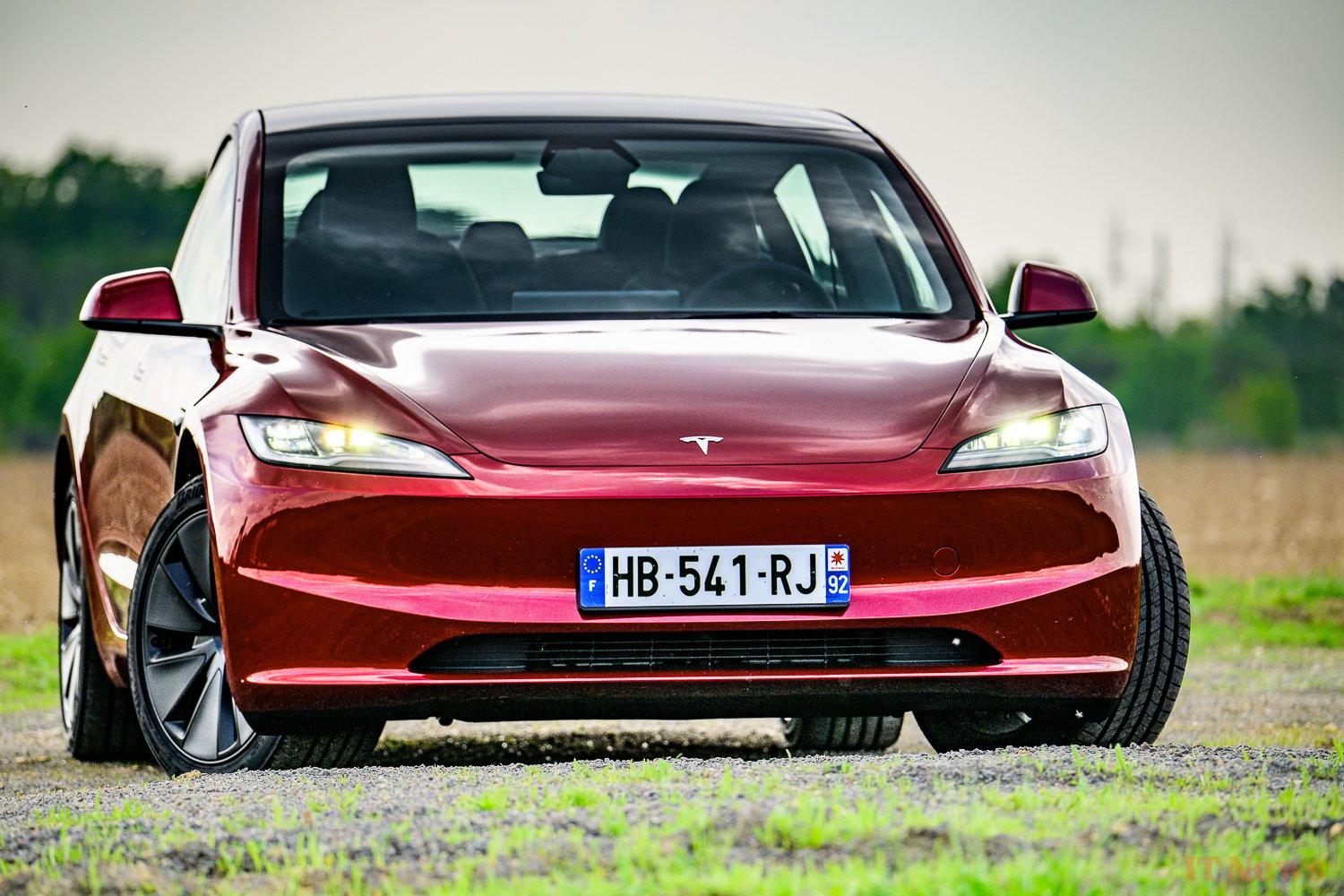
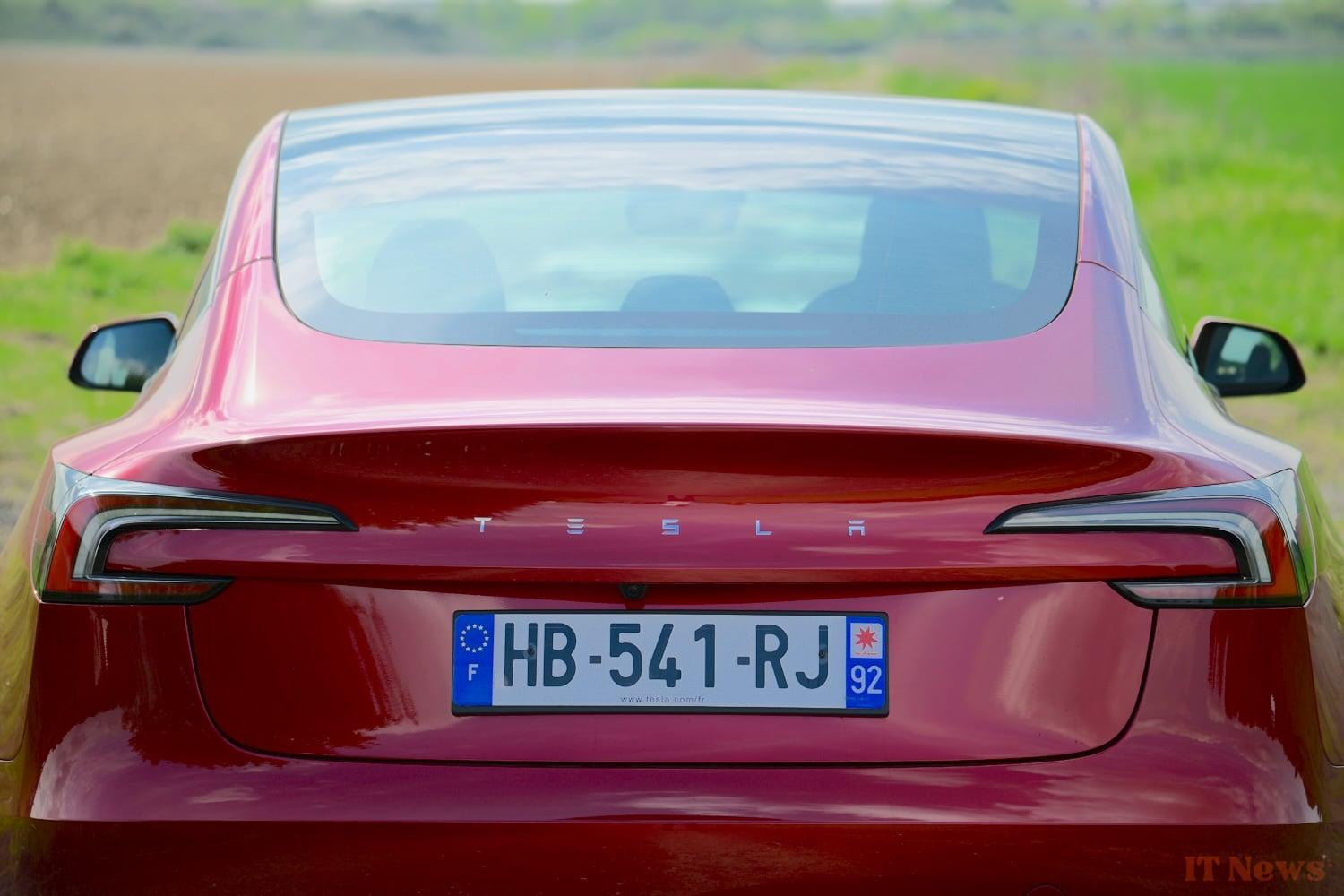

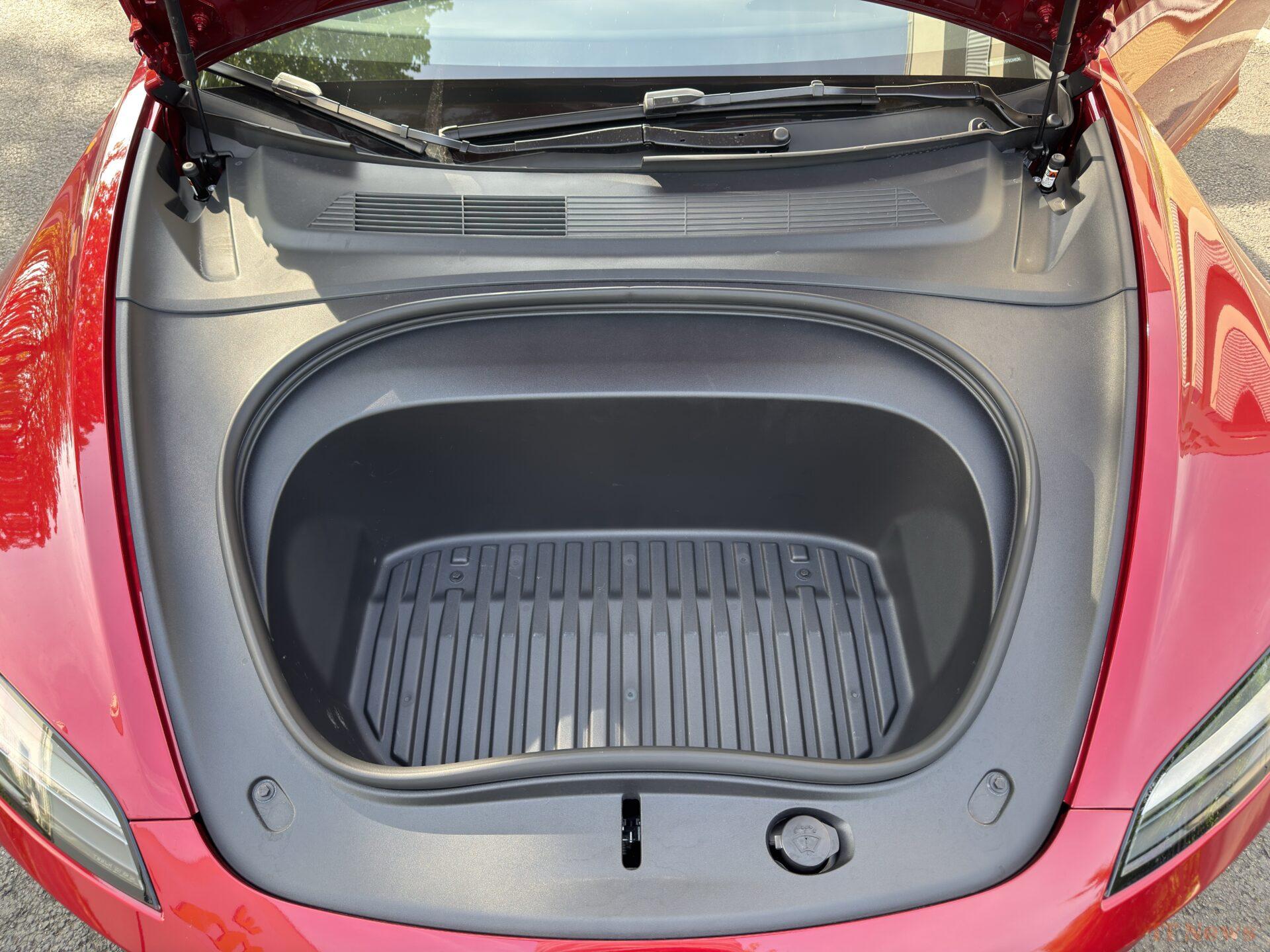

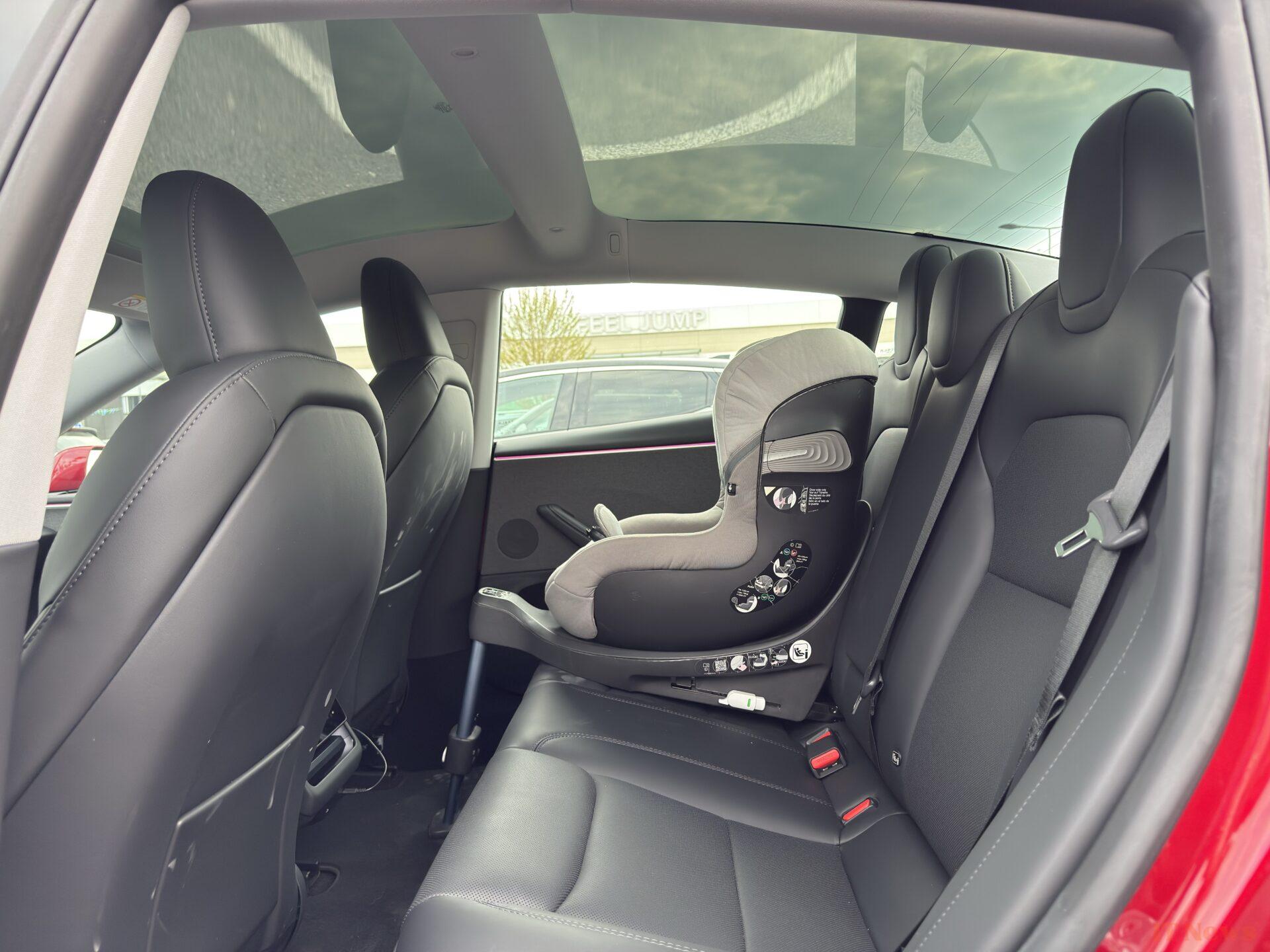
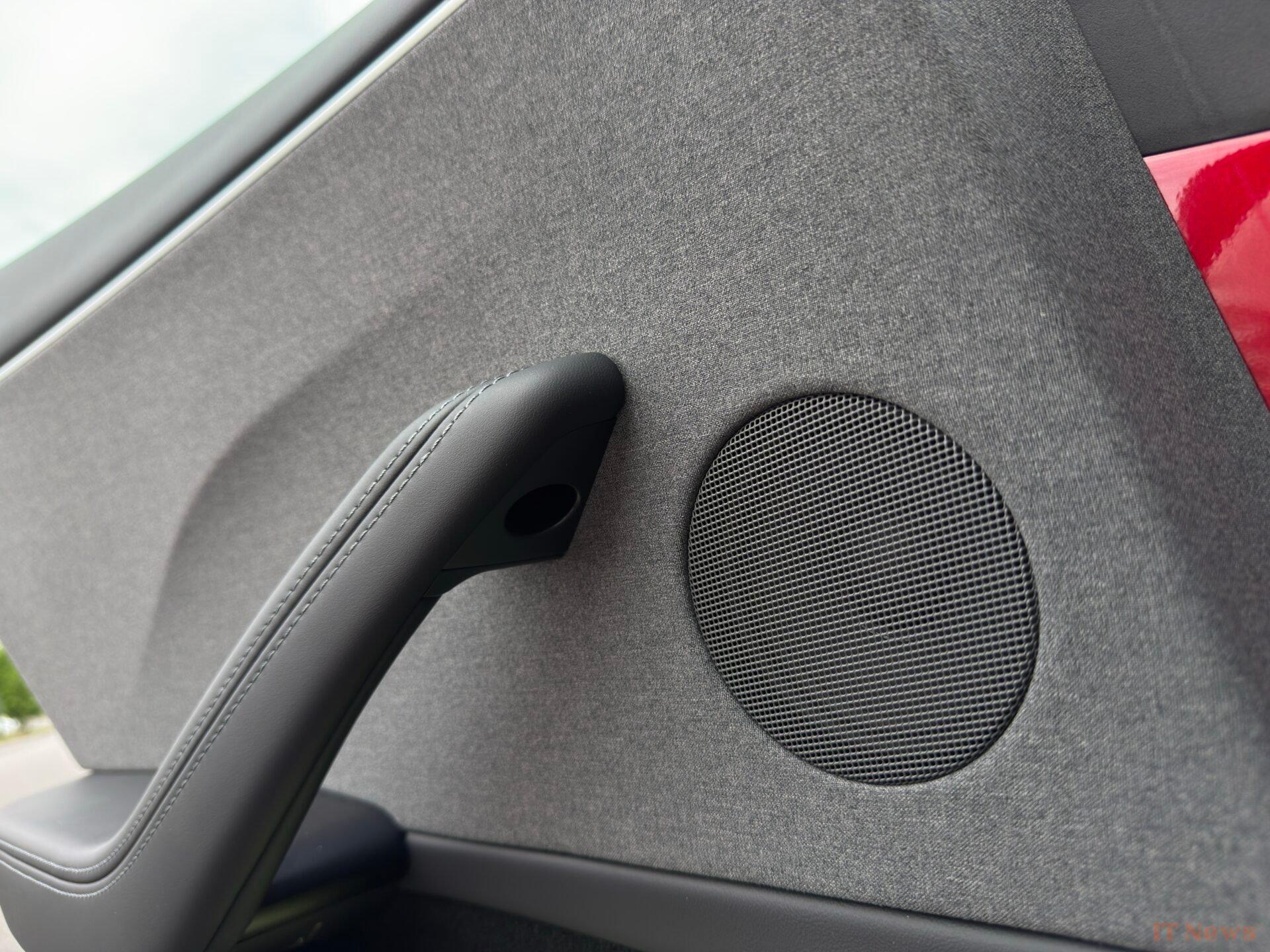
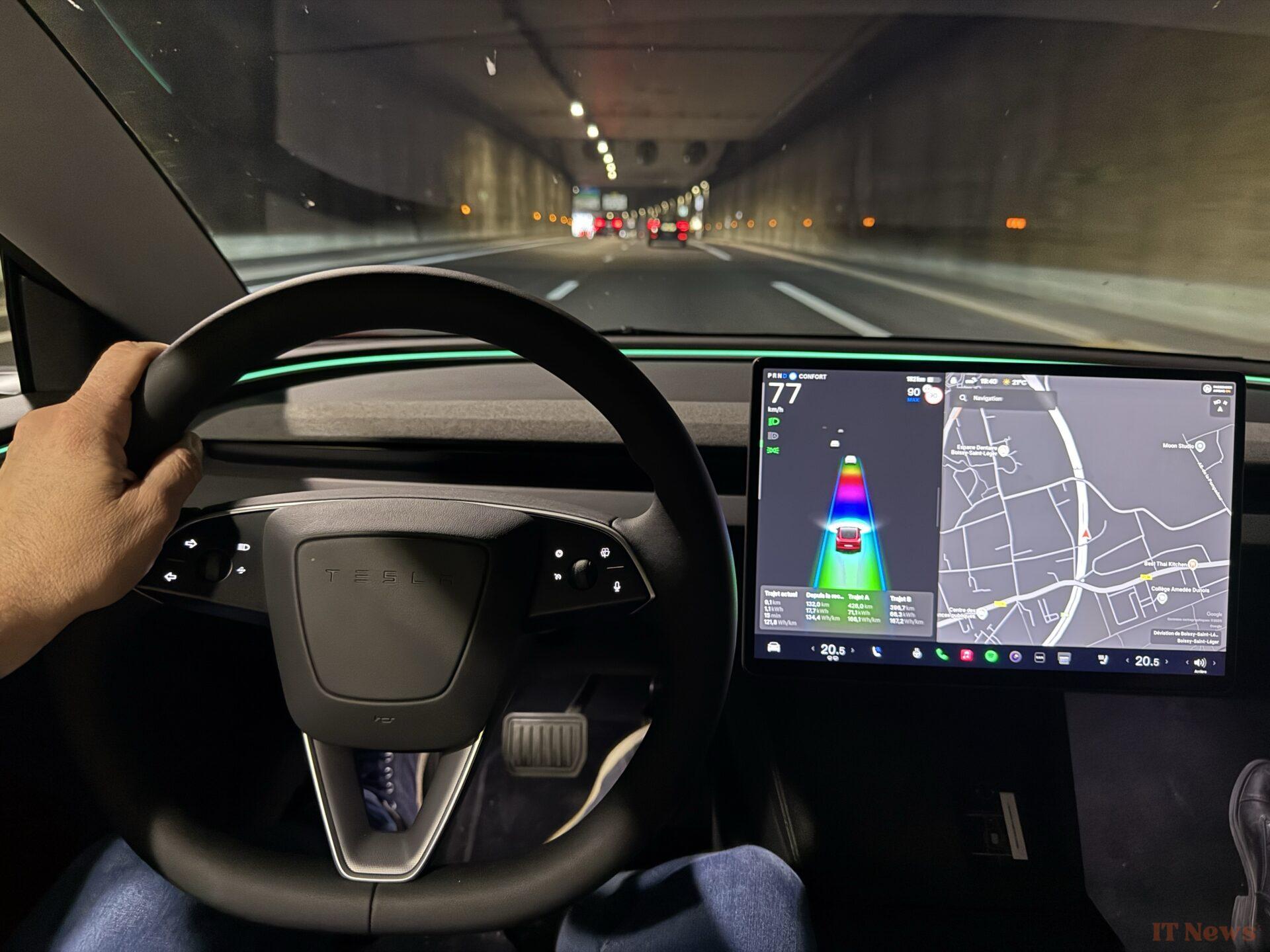
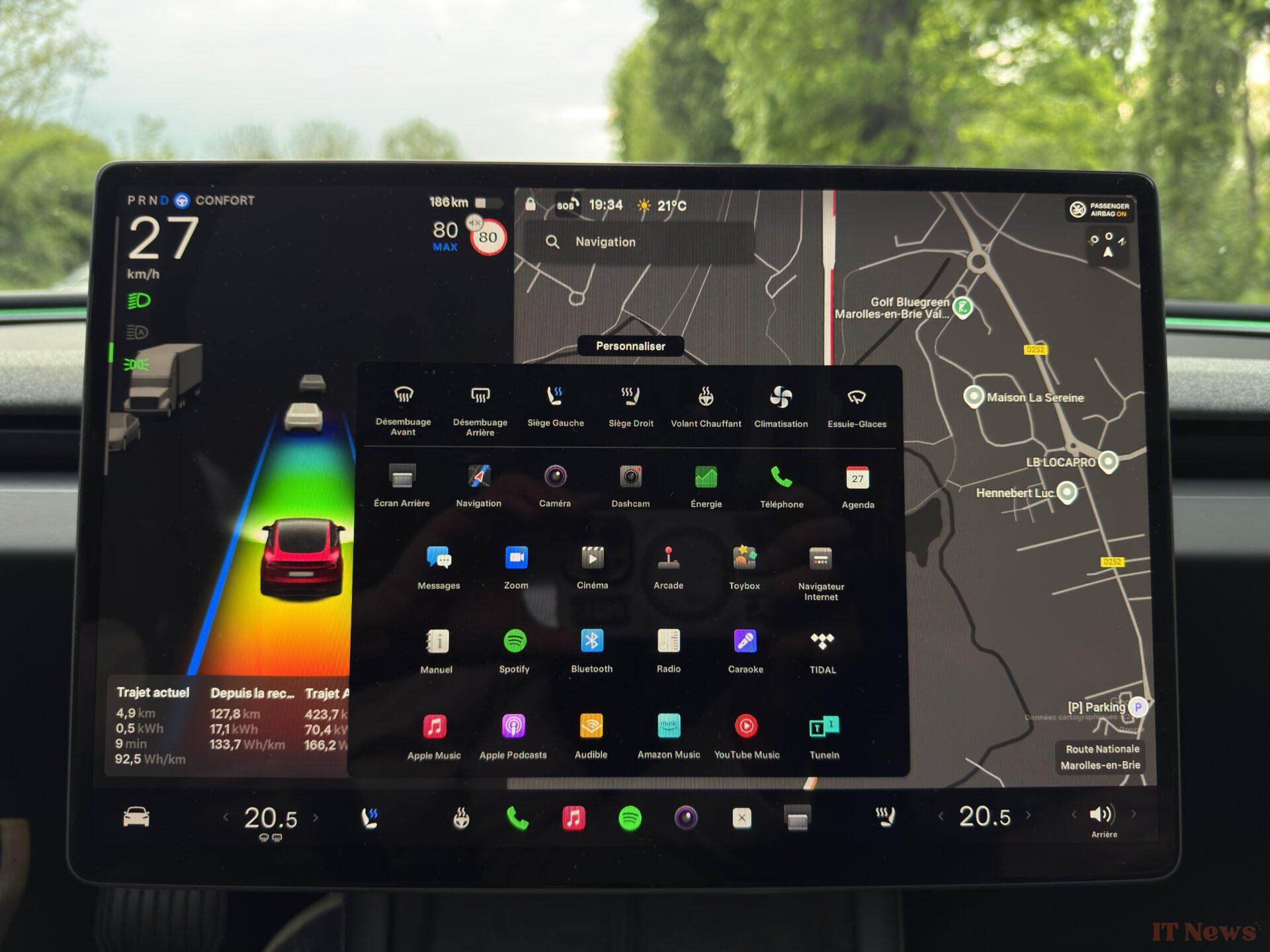
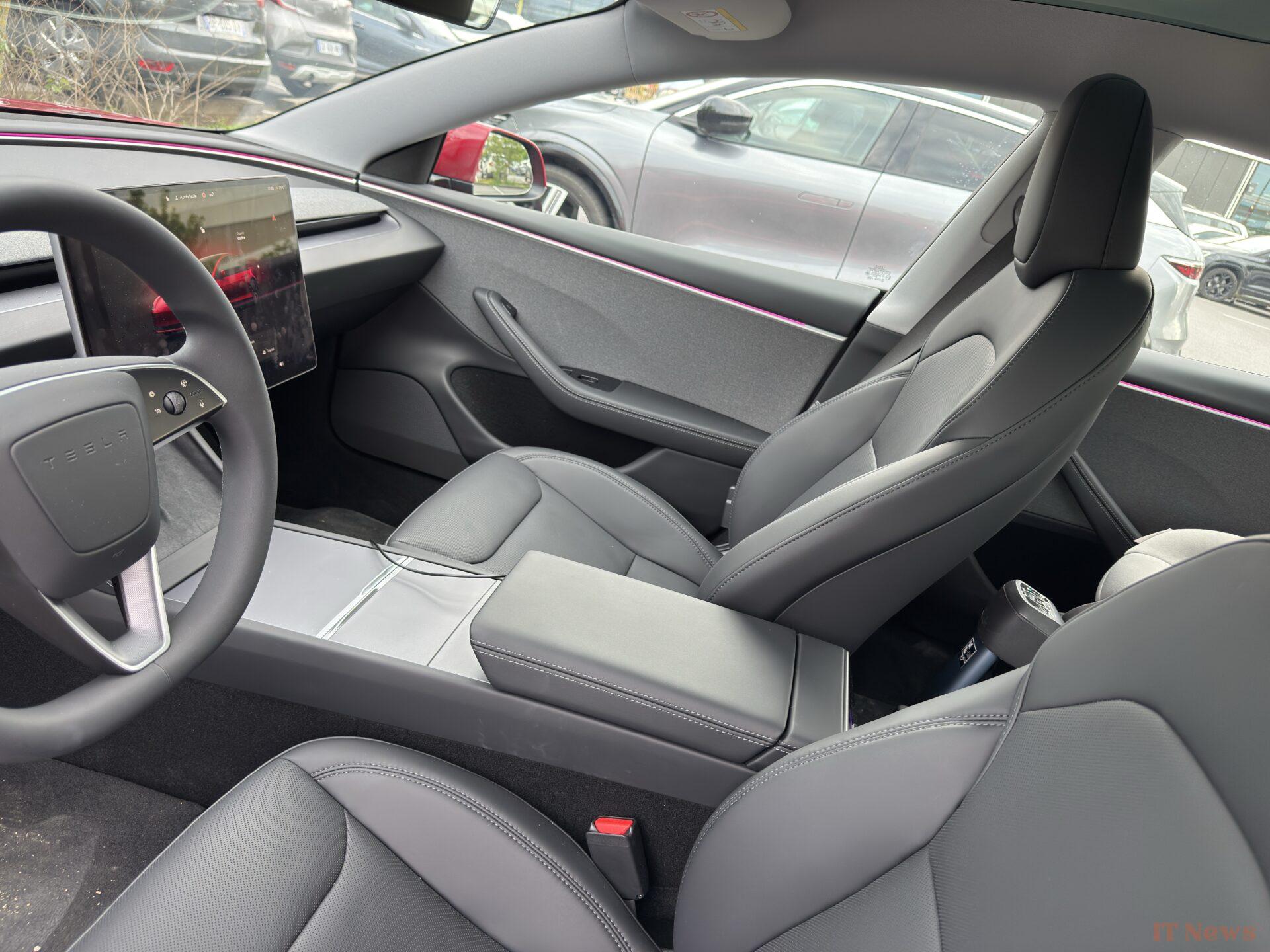
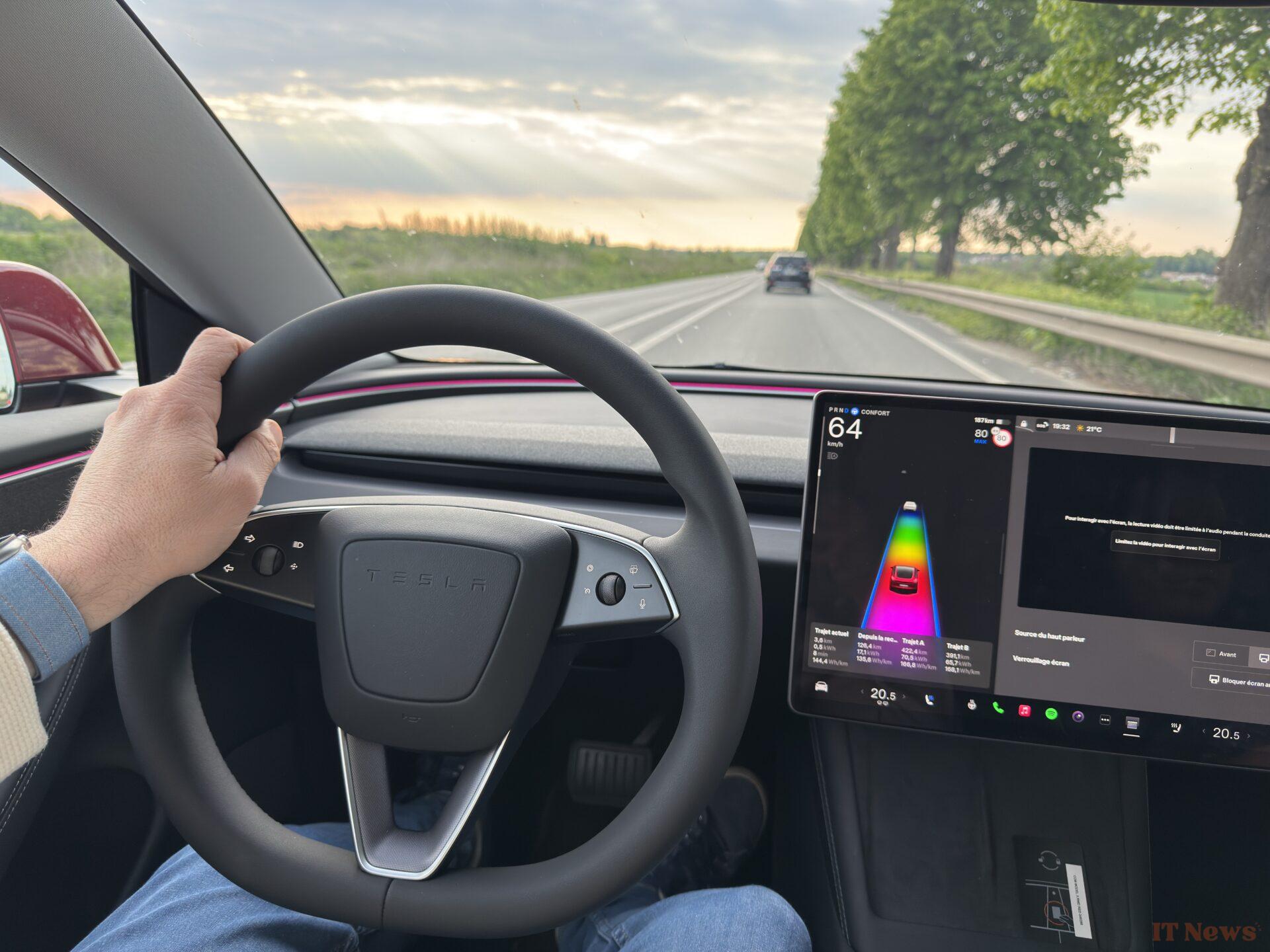
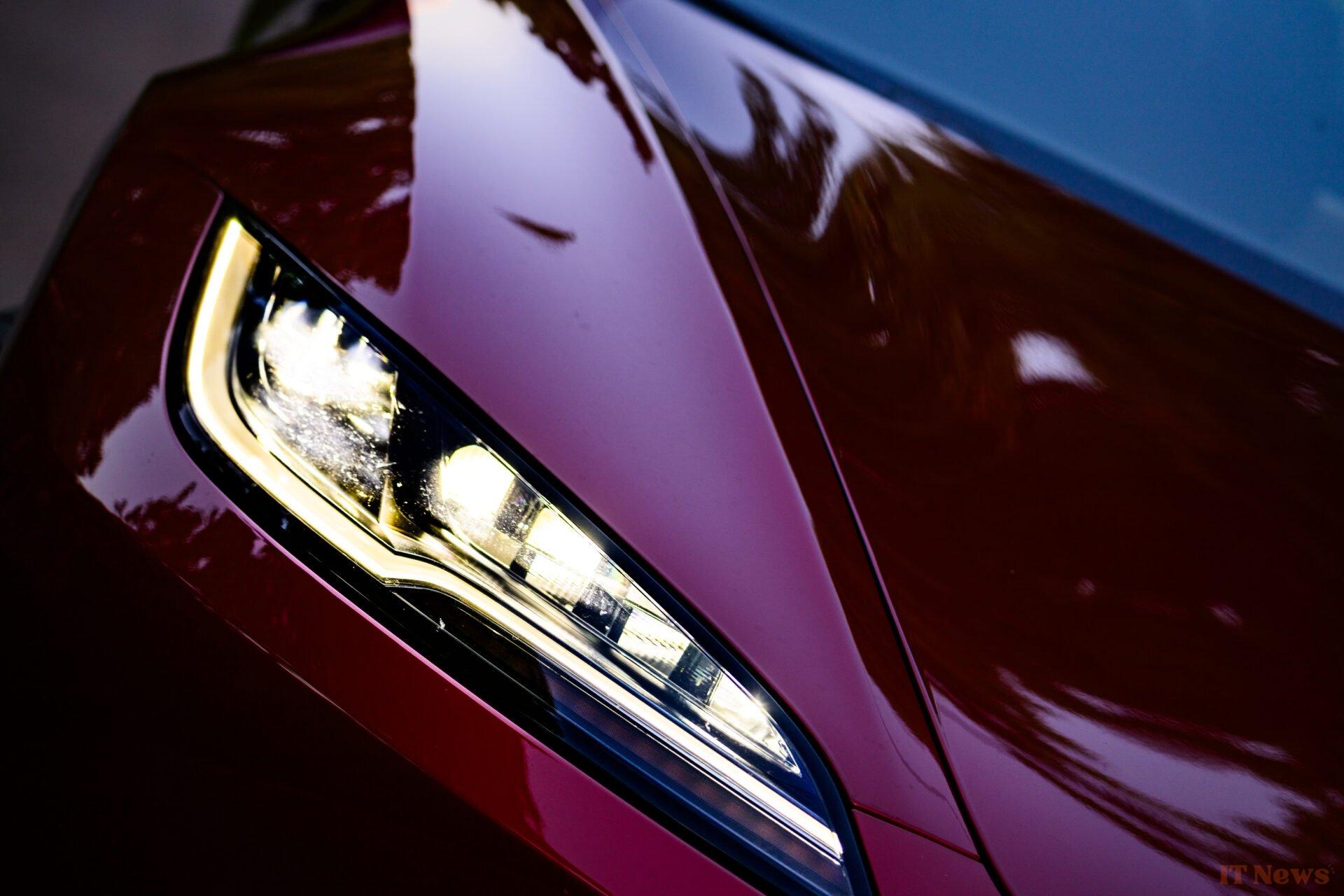
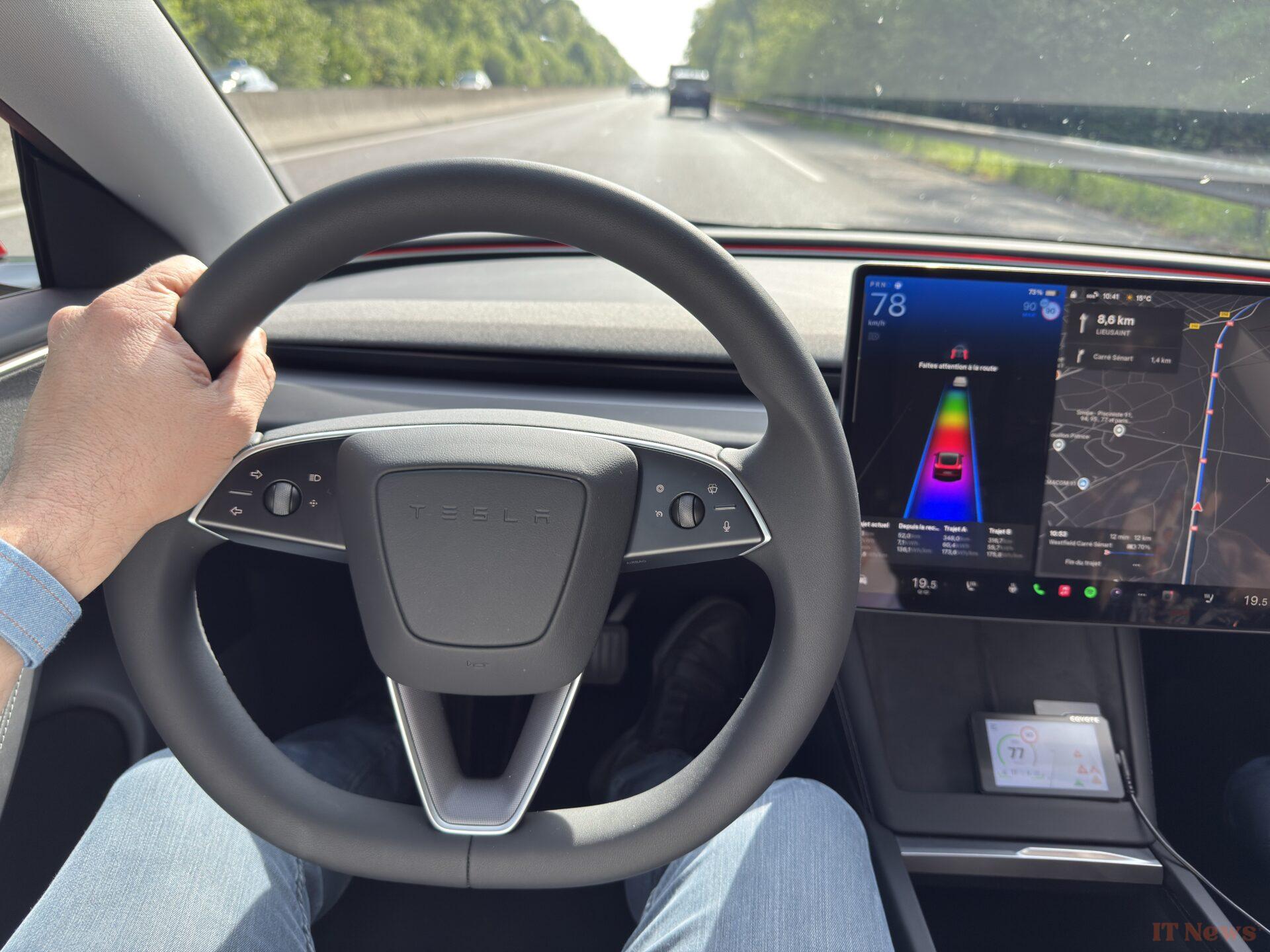

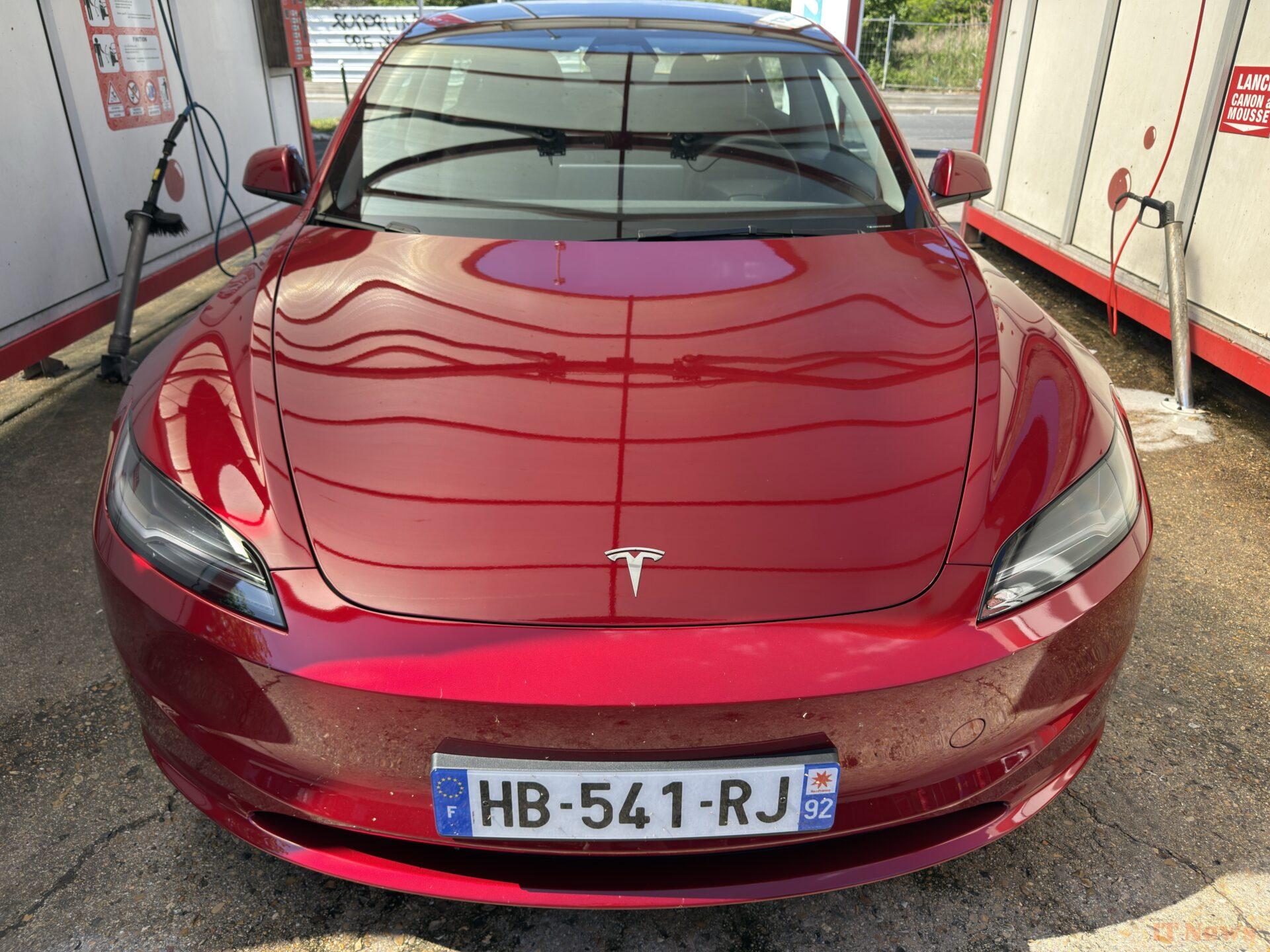

0 Comments